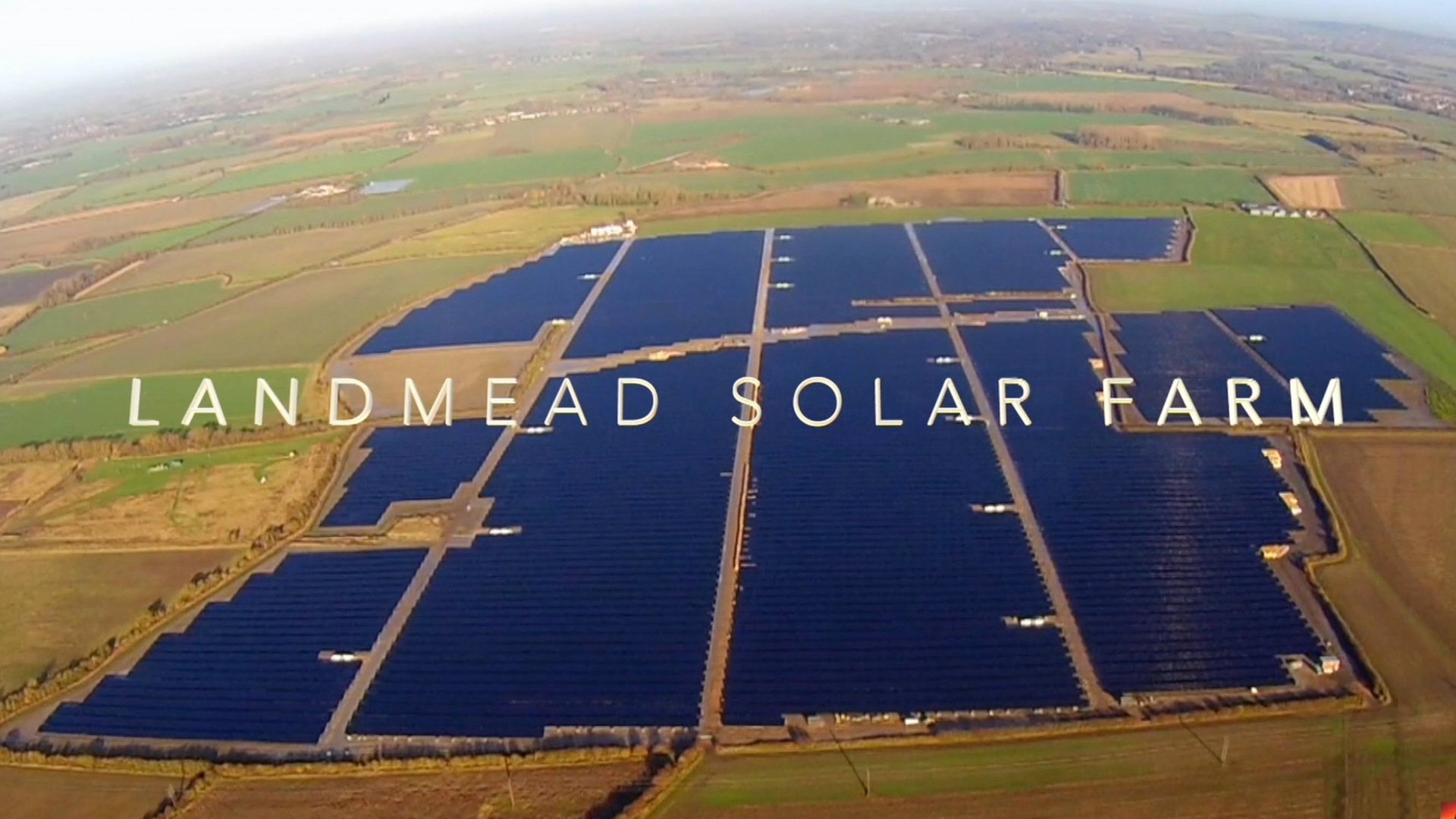News Article
Large Scale Solar Farm Proposed For Northern Ireland

Changing the landscape and opinions creates opportunity
Whilst some may argue that the climate in Northern Ireland is not suited to utility scale solar power generation, the UK's largest solar power developer, Lightsource Renewable Energy, is keen to demonstrate otherwise; announcing plans for a proposed 30 acre (large scale) solar farm near Upper Ballinderry.
The local cattle farm, to the south of 15 Lough Road, is the first farm in Northern Ireland to benefit from a Lightsource land diversification scheme. The farm will still retain the agricultural use of the land by grazing sheep, whilst simultaneously generating clean, renewable energy sufficient to power over 1,200 households.
Lightsource Planning and Development Director, Conor McGuigan, who lives in Belfast, comments:
"I am so proud to be part of this pioneering project in Northern Ireland. As a business, we aim to demonstrate that large scale solar power is a technology that is equally as important as wind within the nation's energy mix. Furthermore, solar power is relatively cheap, and is quick to install."
If the planning application is successful, Lightsource will rent 30 acres of land from the cattle farm under a guaranteed, fixed-term agreement which is linked to the Retail Pricing Index. This means that over the years, the rental price will increase with inflation, providing the landowner a stable, predictable income for the next 25 years.
Conor adds, "Farmers are increasingly feeling the pressure of rising costs and unpredictable weather. Everyone wants to become more self-sustained and we have proven that farmland diversification through the installation of a solar farm can do just that". If the plans go ahead, the land will not lose its agricultural use either. Solar farms are passive installations: the panels emit no noise or pollution, cause no significant glare, and are perfectly suited to "˜co-habiting' safely with smaller livestock. This cattle farm will therefore benefit from new residents; a flock of sheep who will graze the solar farm area.
What makes this possible is that unlike other farming structures, such as greenhouses or poly tunnels, solar farms are arranged with wide spaces between the rows of panels in order to prevent the panels from shading each other. So, as a result, around 70% of the farm remains open grassland "“ leaving plenty of space for grazing sheep. At the land near Lough Road, the panels are also planned to be raised at least 800mm from the ground, specifically to allow the sheep to graze comfortably and take shelter beneath the panels if they wish.
Conor continues: "There are few other types of "˜power station' technology which are so inert that they can sit happily amongst vegetation, wildlife and grazing animals. The diversification of farmland with solar is a tried and tested solution for us, and we believe that when it is done responsibly it is a revolutionary way to generate clean, locally produced energy whilst retaining the land's agricultural use."
The use of pockets of land for solar energy generation can also have a hugely positive impact on local plants and wildlife; without the chemicals and disturbance of traditional farming methods, pollinating wildflowers are free to flourish, and natural habitats left to prosper undisturbed in the surrounding hedgerows. The solar farm near Upper Ballinderry will be designed to fit within the existing field boundaries, with all historic hedgerows retained as part of the scheme. Additional planting of local species will also be incorporated in order to further enhance the biodiversity values of the area.
Conor concludes: "Solar power is a passive technology, and it works. This is not about the here and now, it is about the future and the legacy we want to leave behind. We need to take control over rising energy prices, climate change and sustainability in Northern Ireland, and solar energy has an important role to play in making that happen."






























